Celebrate the Caribbean Endemic Bird Festival (CEBF) with us! Our theme in 2023 is “Water: Sustaining Bird Life” highlighting the importance of water conservation to both humans and birds. Have fun learning about a new endemic bird every day. We have colouring pages, puzzles, activities, and more. Download for free and enjoy nature with your family at home.
Endemic Bird of the Day: Red-shouldered Blackbird
It takes two! Duetting male and female Red-shouldered Blackbirds make beautiful music together. And it is quite impressive for this Cuban endemic because not all species of songbirds can sing duets with their mates.
Amazing duetting ability aside, you may be wondering if this endemic bird is not in fact the Red-winged Blackbird, one of the most abundant birds in marshes across North America. The two species are not the same but are each other’s closest relative! Differences in the two species’ songs and the coloration pattern of females helped confirm that they are different species.
Male Red-shouldered Blackbirds look very much like male Red-winged Blackbirds—all black with a slight bluish gloss and scarlet shoulder patch edged with yellow. The females, however, are different—not streaked with brown like female Red-wings but solidly black, like the male, but lacking the colorful epaulet. Juvenile males have a reddish-brown patch and are overall dull black.
The Red-shouldered Blackbird can be found in western and central Cuba, and the Isle of Pines in swamps and marshes with tall vegetation like cat-tails and bulrushes. It breeds from April to August. The female builds the cup-shaped nest in which she lays 2-3 bluish-white eggs with brown and pale purple spotting. Both parents feed the chicks and defend their nesting territory.
In the non-breeding season they also venture out of the marshes and into nearby uplands, pastures, and agricultural fields foraging for insects, small vertebrates, fruits, and seeds. Outside the breeding season, they usually form large mixed flocks with Cuban Blackbirds, Tawny-shouldered Blackbirds, and Greater Antillean Grackles.
Red-shouldered Blackbird can be difficult to tell apart from several other black birds in Cuba. Both sexes of Tawny-shouldered Blackbird have a yellow-orange shoulder, though the shoulder color is sometimes only visible in flight. It also has a forked tail and shorter bill and the song is different. The Shiny Cowbird lacks a shoulder patch, has a purplish gloss, and a shorter and stouter bill than Red-shouldered Blackbird. The Cuban Blackbird is larger and more robust, and without color patches on its wings.
The song is not musical, described as a repeated shrill screeching “o-wi-hiiii,” similar to that of the Red-winged Blackbird but higher-pitched and shorter. It is sung by both sexes, sometimes in duet. The call is a short “chuk” or “chek,” sometimes in short series. When singing, the male lifts the feathers on his back, drops his wings, exposing the brilliant red shoulder patch, and spreads his tail.
The Red-shouldered Blackbird is called “Chirriador” meaning “screecher” in Cuba and also “Mayito de Cienaga” which means “marsh blackbird.”
When foraging for the young, the males and females provide food at similar rates and the overall breeding system is monogamous. This contrasts with the polygynous breeding system (one male pairing with 2 or more females) of the Red-winged Blackbird.
The Red-shouldered Blackbird is not globally threatened but has a restricted and fragmented distribution in Cuba. Further fragmentation or loss of its habitat may have disastrous effects on the population. It is therefore important that we protect and maintain this endemic bird’s existing habitat on the island. Learn more about this species, including its range, photos, and calls here.
Thanks to Aliya Hosein for the text!
Colour in the Red-shouldered Blackbird
Download our West Indies Endemic Bird colouring page. Use the photos below as your guide, or you can look up pictures of the bird online or in a bird field guide if you have one. Share your coloured-in page with us by posting it online and tagging us @BirdsCaribbean #CEBFfromthenest
Listen to the song of Red-shouldered Blackbird
The song of the Red-shouldered Blackbird is a shrill “Shuh-reee-eee.”
Puzzle of the Day
Click on the image below to do the puzzle. You can make the puzzle as easy or as hard as you like – for example, 6, 8, or 12 pieces for young children, all the way up to 1,024 pieces for those that are up for a challenge!
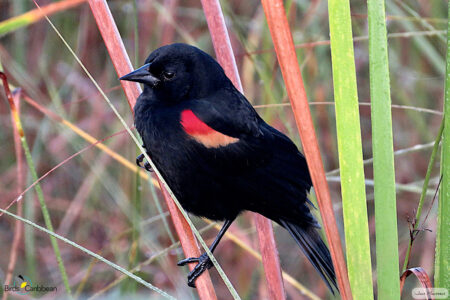
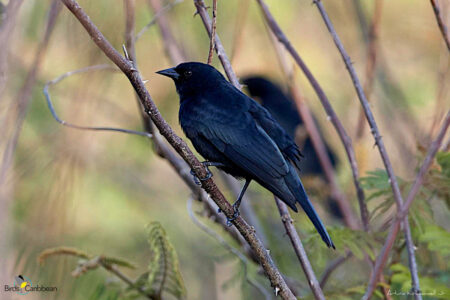
Activity of the Day
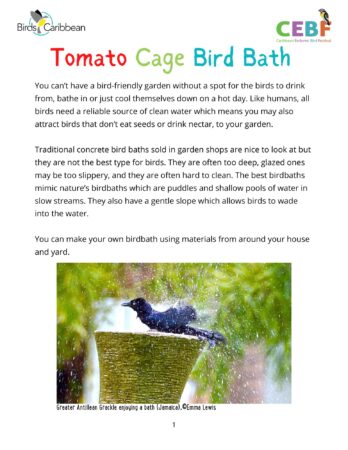 FOR KIDS AND ADULTS: In keeping with our theme “Water: Sustaining Bird Life” our activity today involves providing water for birds in your outdoor space! You can’t have a bird-friendly garden without a spot for the birds to drink from, bathe in or just cool themselves down on a hot day. Like humans, all birds need a reliable source of clean water. Follow our instructions and you can make your own bird bath using materials from around your house and yard. You will need:
FOR KIDS AND ADULTS: In keeping with our theme “Water: Sustaining Bird Life” our activity today involves providing water for birds in your outdoor space! You can’t have a bird-friendly garden without a spot for the birds to drink from, bathe in or just cool themselves down on a hot day. Like humans, all birds need a reliable source of clean water. Follow our instructions and you can make your own bird bath using materials from around your house and yard. You will need:
- an old garbage bin lid, flower pot drip tray or serving tray
- rocks or pebbles
- any size and color tomato cage
- wire cutters
As this activity involves using wire cutters you will need to ask an adult to help you.
Once you have made your bird bath make sure that you follow our “Keeping your bird bath safe for the birds & you” tips. By frequently changing the water and keeping your bird bath clean you should be able to provide a place for the bird in your garden to enjoy and for you to enjoy the birds!
Enjoy this video of a Red-shouldered Blackbird in the wild!
Cuba—definitely on the bucket list of most birders and indeed world travelers! Read all about The Caribbean Birding Trail tour that took place in January 2016. The exciting trip took in many birding and cultural highlights including a trip to the The Zapata Peninsula, which many wonderful birds were seen including endemics such as the Cuban Black Hawk and today’s featured bird Red-shouldered Blackbird. Find out more here:

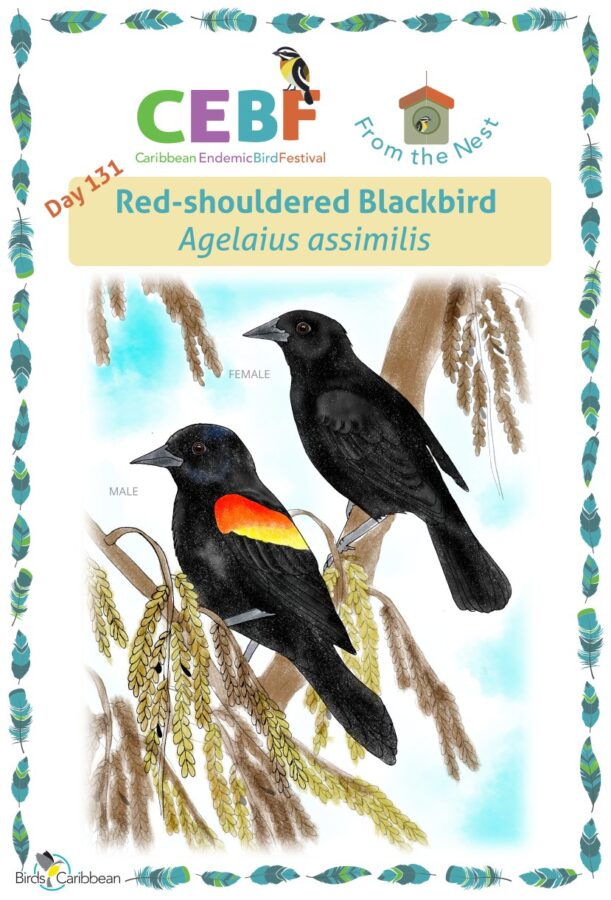
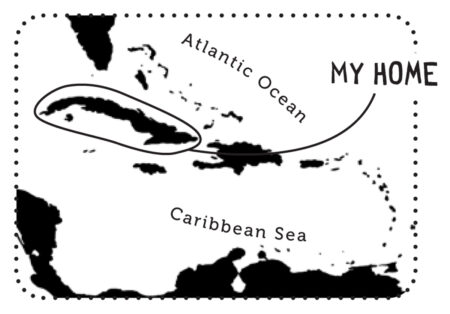
One comment
Comments are closed.